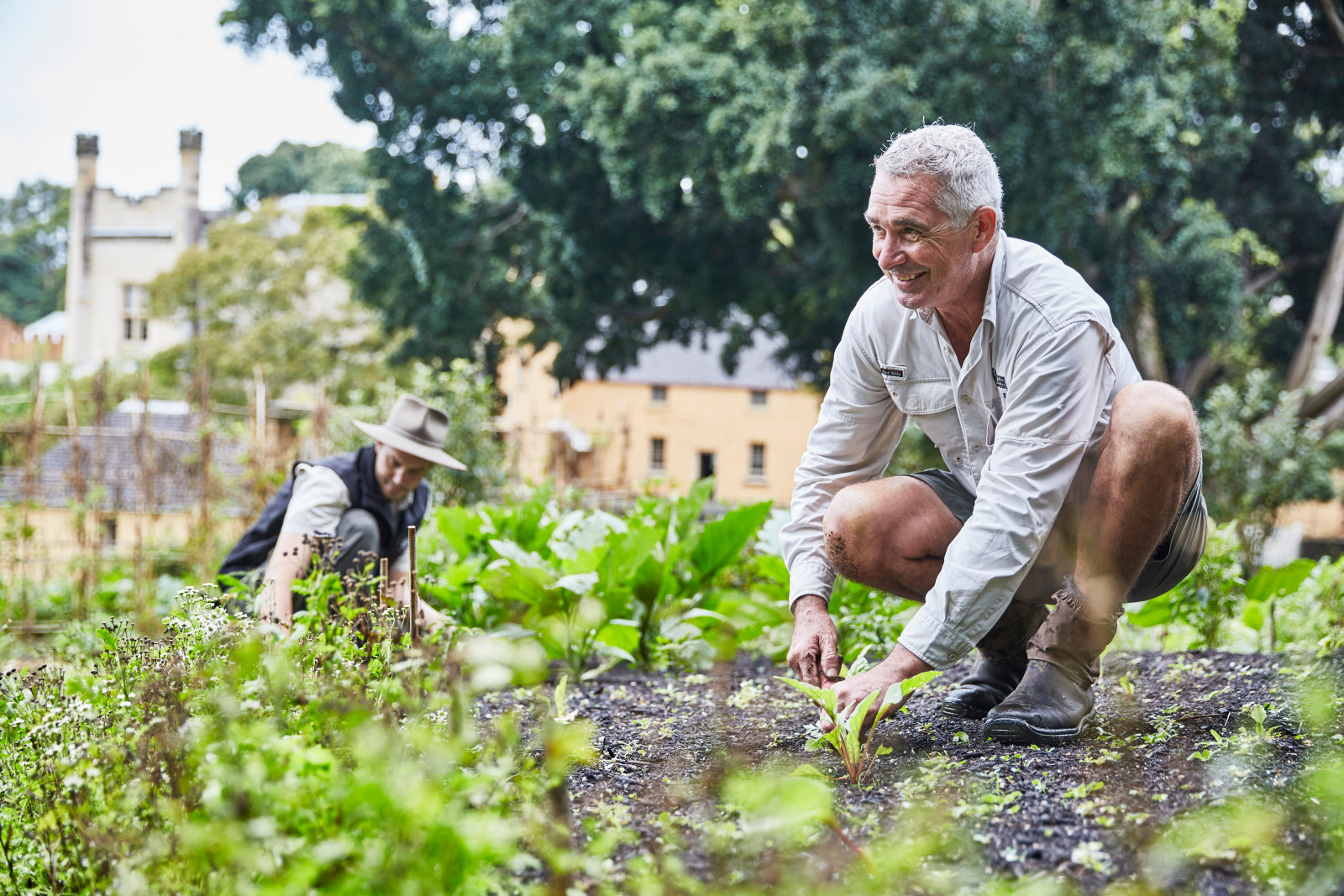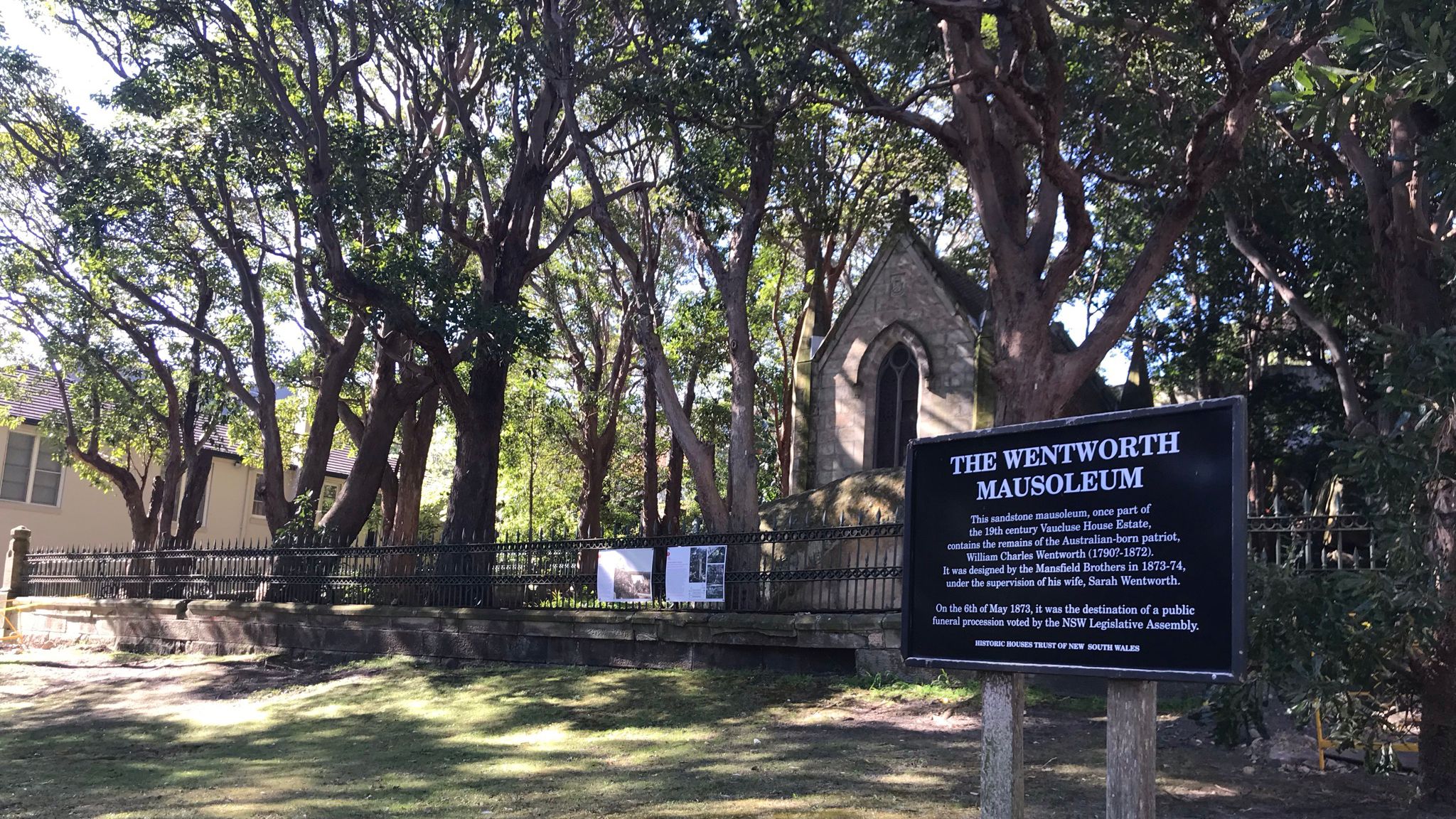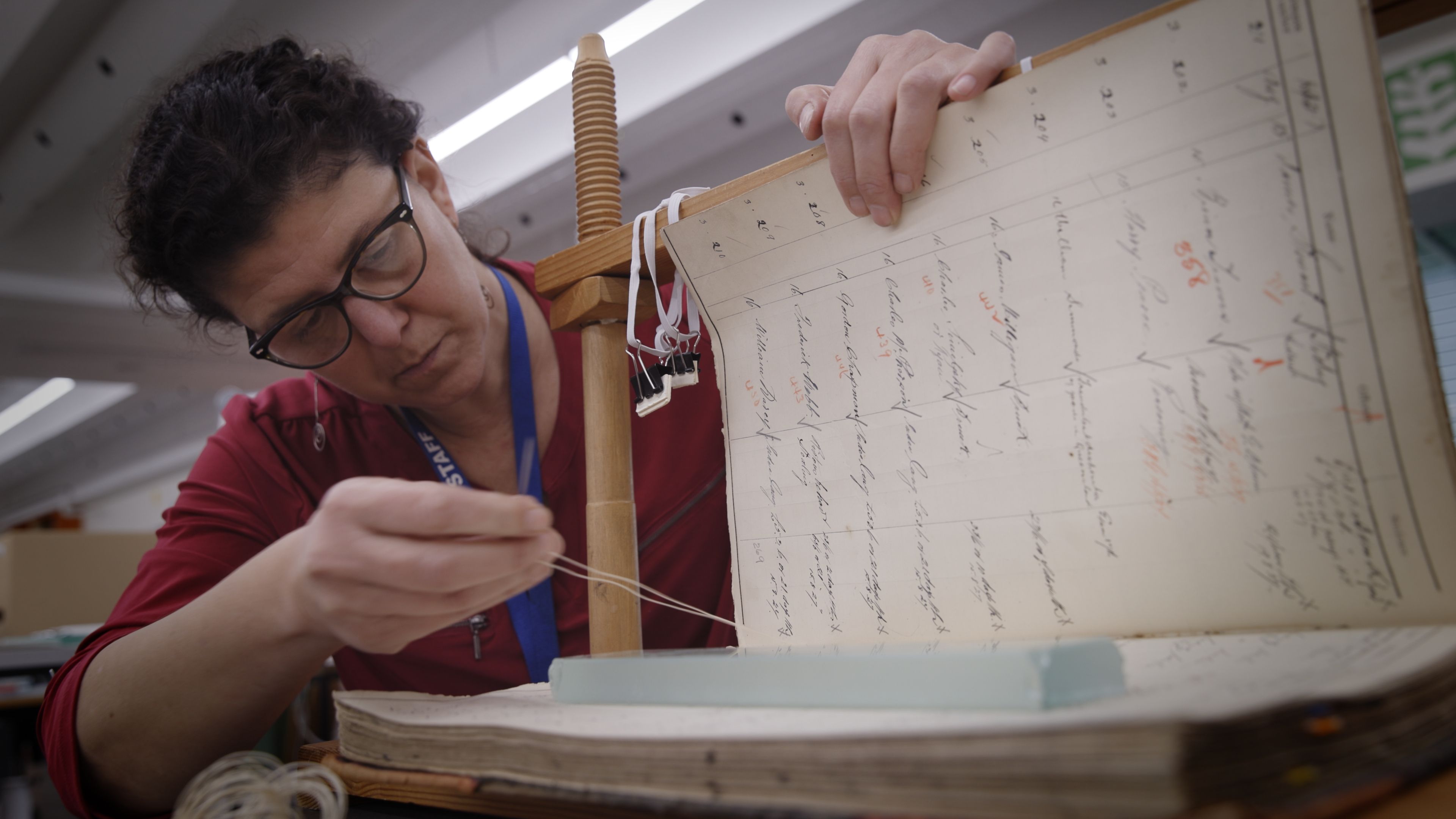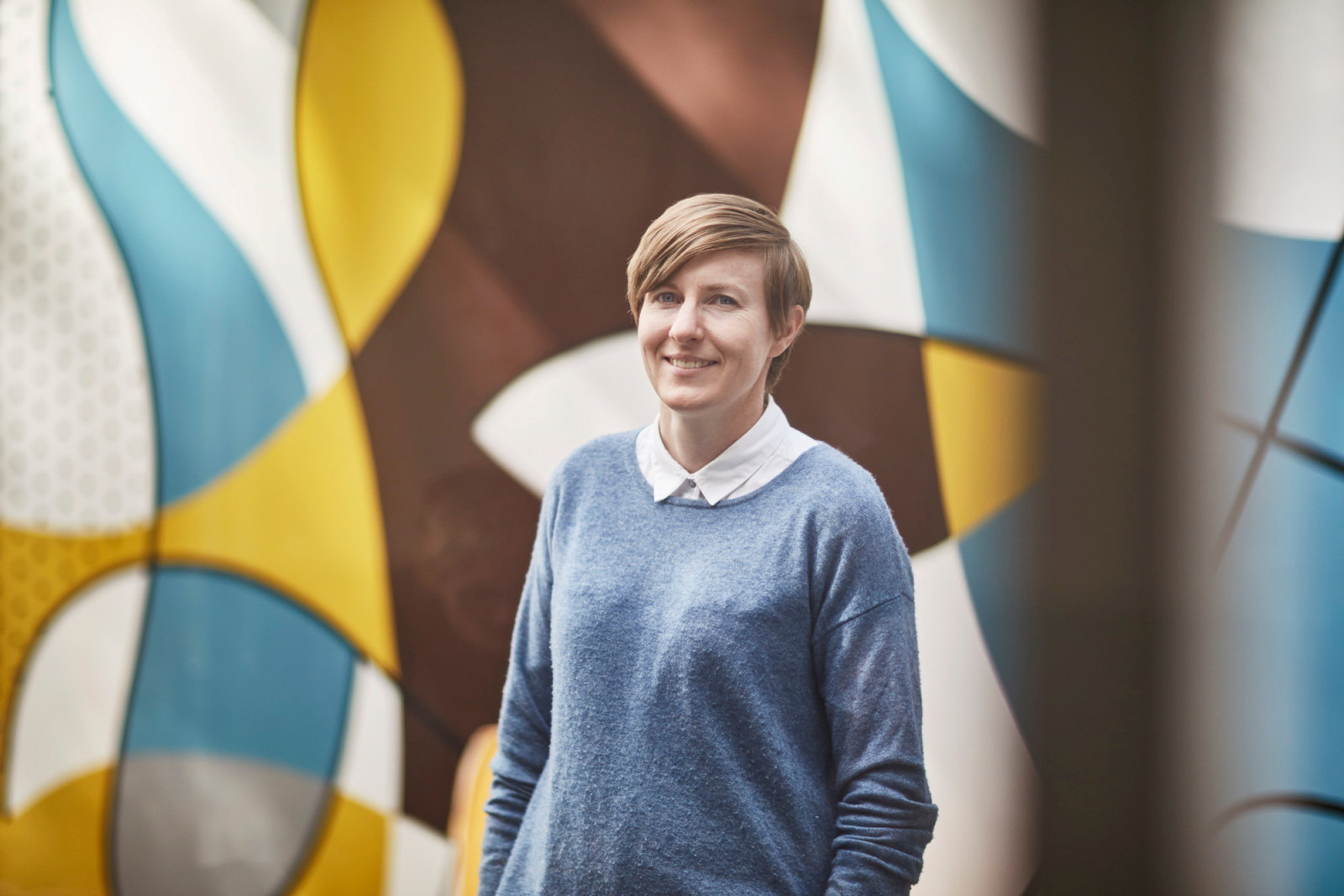Collections care in a time of coronavirus
Museum closures earlier this year due to COVID-19 gave Museums of History NSW staff a valuable opportunity to spend even more time caring for our historic houses and their precious and diverse collections.
Museums prepare for a range of disasters. Our awareness of catastrophic threats to cultural institutions has been heightened by high-profile disasters such as the fire that largely destroyed the Museu Nacional in Brazil in 2018, and the blaze that ravaged the roof of Notre Dame in Paris last year. We spend a lot of time planning for the worst, with a particular emphasis on natural disasters. But until recently, a pandemic didn’t feature highly on the list of potential threats. Earlier this year, museums and other cultural institutions around the world closed to the public, who are such a large part of why we exist. At MHNSW, too, our sites were quiet, our doors closed, and our ability to welcome people to our properties was paused for a time.
Many museums and galleries placed their collections into a kind of stasis – switching off lights, covering artworks, and controlling temperature and relative humidity to create optimum conditions for long-term storage. But house museums, like Vaucluse House and Elizabeth Bay House, are different: they don’t exist under a glass dome, and can’t be sealed off from the elements to protect their contents. With a house museum, we can’t create the kind of environment that exists within a gallery. Fortunately, we don’t need to – as long as we continue to care for them.
Made for living
Over time, the collections within a house museum grow accustomed to seasonal and daily fluctuations in temperature and humidity, as well as changing light levels. Like all ‘living’ things, house museums ‘breathe’, but to do so they require the ongoing attention of their custodians. They were built as homes, to be occupied and peopled, to see daily activity and the comings and goings of their occupants. Despite their change of function, house museums still require this kind of activation. Their daily rhythms must be maintained. When we shut them up completely, they suffer.
Although our houses were closed to the public, they remained open to staff. With no visitors to welcome, the property teams were tasked with preventive conservation work – a fancy name for a straightforward function, housekeeping. The shutdown saw a flurry of activity across the house museums as we deep cleaned every room. This form of cleaning is far more involved than our regular cleaning, and because it disrupts the look of a room it’s not something we can do when the houses are open to visitors.
Invisible threats
Housekeeping involves repetitive and painstaking work, sometimes with little visible impact. Nonetheless, it’s crucial to the survival of our properties and their collections. We’re fighting threats on a daily basis – they just happen to be far less obvious than fire or flood. Our main enemies are dust, mould and pests. Left unchecked, these could cause irreparable damage to our collections. Putting our houses into lockdown during the pandemic would have placed them at risk from these silent, slowly encroaching threats. On reopening, we might have found a layer of mould on a surface, or an object eaten from within. Quiet, still, dark conditions provide the perfect environment for mould and some insects to thrive.
This is due in part to dust. As dust accumulates on an object it attracts moisture and pollutants. These can promote the growth of mould, and cause staining. Deep cleaning involves getting up close and personal with an object. The careful, patient, methodical process of removing surface dust means that we can avoid the need for more interventionist work by a specialist conservator once damage has occurred. The simple act of keeping our objects clean and dust-free prolongs their life.
Careful custodians
I see myself as a link in a long chain of custodians of Australian history. Objects are the enablers of storytelling, the repositories of knowledge. Caring for our collections gives them longevity, so we can share them with contemporary audiences and preserve them for future generations. Spending time with our collections, handling them as we clean, reminds us of the artisanship and skill required to create each object, made in an era when time seemed more abundant, and was put to better use in the fashioning of a sofa, or the decoration of a vase. We notice evidence of repairs to even the most prosaic objects, reinforcing the contrast with today’s throwaway society – such as small, handmade metal staples inserted into the backs of cracked plates to hold them together, or a chair leg reattached with timber plugs. Such discoveries give our team a new appreciation for each piece we handle, and add to our understanding of the object and its history, enabling us to update our records and expand our research.
It takes great skill to re-create historical interiors like those at Vaucluse House, not only to accurately and beautifully reflect a particular period, but also to convey the sense that the inhabitants might have just left the room a moment ago. There’s a special atmosphere in a house that’s cared for, creating a subliminal, subconscious awareness that everything is as it should be. We made the most of the shutdown by opening up the shutters, letting in the light and air, and giving every space our full attention. As we welcome our members and visitors back into our houses, to help us people and appreciate them as intended, we hope that you’ll be able to tell that these places are loved.
Published on
Related
![Government Printing Office; NRS 4481, Glass negatives. NRS-4481-4-44-[AF00194836] Immigration Barracks Sydney, August 1871 [Department of Public Works]](https://images.mhnsw.au/fotoweb/embed/2024/03/b437216ff79d433da2d3b92c8bb24e51.jpg)
Conservation
Conservation in action: Hyde Park Barracks northern range refurbishment works
In collaboration with experienced heritage consultants and traditional tradespeople, MHNSW is undertaking conservation works to the northern range buildings

Conservation
Vaucluse House kitchen garden
The Vaucluse House kitchen garden recently underwent a significant rejuvenation project to preserve the site and allow it to continue to be used as a valuable educational resource

Wentworth Mausoleum perimeter fence conservation
MHNSW is undertaking the first comprehensive conservation works to the fence surrounding the 1870s resting place of William Charles Wentworth

Conserving the archive
Supervising conservator Dominique Moussou talks through her work and some of the projects underway in the MHNSW conservation lab
